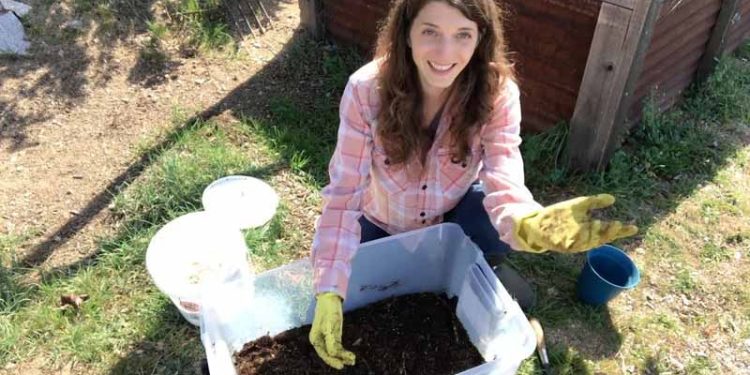As a busy mom, do you feel like there’s just not enough time in the day to get everything done? If so, you aren’t alone! The Busy Boys and a Dog homemaking homeschooling tips for busy folks Guide to Boys and Dogs can help you out of the proverbial dog house and into success by helping you set priorities and focus on what matters most. Though this book contains helpful tips on cleaning, managing your kids, and getting more organized, it may be best suited for someone who isn’t yet overwhelmed but wants to avoid getting to that point.
How to Approach Picking Out Your First Puppy
When it comes to choosing a puppy, there are a lot of things to consider. First and foremost, you want your dog (and your family) to live a long life; that means making sure you choose one that is bred for temperament and health. Some breeds are more prone than others to certain hereditary issues, such as joint problems or hip dysplasia, so read up on breeds before you purchase anything. You also need to have an idea of what kind of personality will be good for your family: Will an energetic puppy work well with an older child? Do you have another pet at home that can help train her? The answers are different for every family—but there’s no way around doing some research before bringing home a puppy.
How to Buy an Indestructible Crate
While you can use a dog crate for almost anything (crate training, housing your dog while you’re out of town, protecting your valuables from your pet), not all crates are made equal. Some will hold up over time better than others. If you want to buy an indestructible crate for your furry friend, take these tips into consideration: Size: For most large dogs, get a wire crate that’s at least 48 inches high by 35 inches wide by 31 inches deep (approximately). This size is big enough that even older dogs won’t be able to knock it over. If you have smaller breed dogs or puppies they will do fine in a much smaller cage.
How To Vet A Good Breeder
When it comes to buying a new dog, finding a reputable breeder is essential. Reputable breeders have been around for years and are used to dealing with people who want their dogs as pets. There are many types of breeding; good breeders typically engage in either show or pet breeding, but not both. With show breeding, it’s all about looks; with pet breeding, it’s all about temperament. In addition, reputable breeders will always be interested in where you plan on keeping your new dog—in other words, whether or not they’ll be an indoor-only pet.
Good breeders ask prospective owners a lot of questions, but it’s not because they don’t like their dog. It’s because they want to match each pup with its perfect home. This helps both puppy buyers and breeders alike: it keeps dogs out of homes that won’t care for them, but also helps keep puppies in families that will love them. Some questions may seem invasive or rude, but remember that these are people who work hard every day to ensure that each puppy goes into a loving home—it’s not personal!
How To Crate Train And Teach Your Puppy To Stay In His Crate
Crate training is an excellent way to get puppies acclimated to new surroundings and learning how to stay in a crate. The first step is creating a place where your puppy will feel safe and secure, but at home. Many families find that a used animal crate works well for puppies, since many are accustomed to sleeping in them at pet stores or breeders before coming home with their new owners. To start off, place a blanket inside of your pet’s crate. This will help keep him from feeling exposed when you leave him alone.
What To Buy For Flea Prevention And Grooming Supplies
Whether you’re out of toilet paper or toothpaste, having a few necessities on hand for emergencies can go a long way. Some items are easy to keep around—multi-tools, pens, and notebooks are cheap enough that I can keep them anywhere, along with a first aid kit—but it always surprises me how often I find myself running out of things like batteries or laundry detergent when I really need them. The key is keeping some basics on hand wherever you spend time (like at work), so if you have some small stuff lying around, you can turn your day around quickly if something comes up. No one wants an emergency trip to Walmart when they’re in a rush!
What To Have On Hand For Emergencies
When it comes to your homemaking, safety is essential. Don’t let a dangerous situation lead you or your family into panic. These three items will help keep you safe in any kind of situation: fire extinguisher, first aid kit, and a multipurpose tool that includes a knife. If there are children in your home—especially infants—be sure to have an easy-to-use baby-calming product on hand as well. Here’s why each of these items should be Red Thread Scholarship Program of every homemaker’s emergency supply kit.











